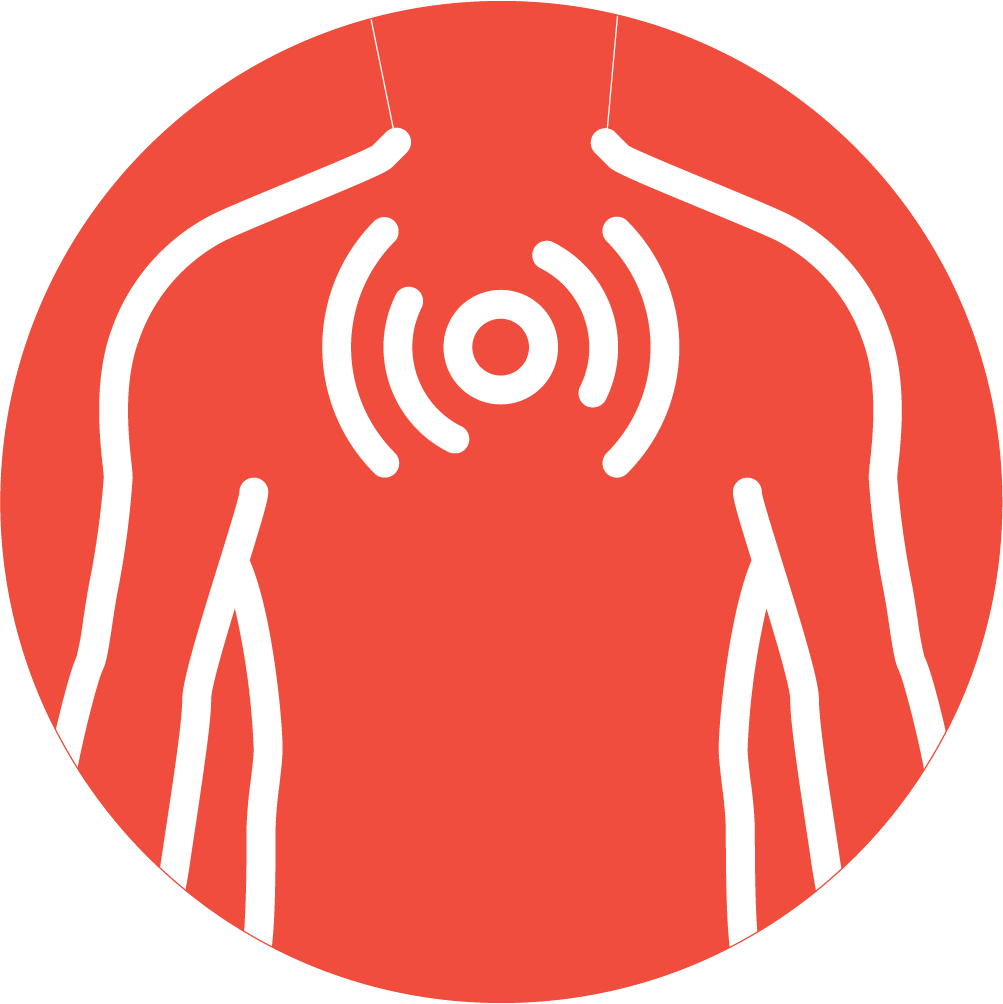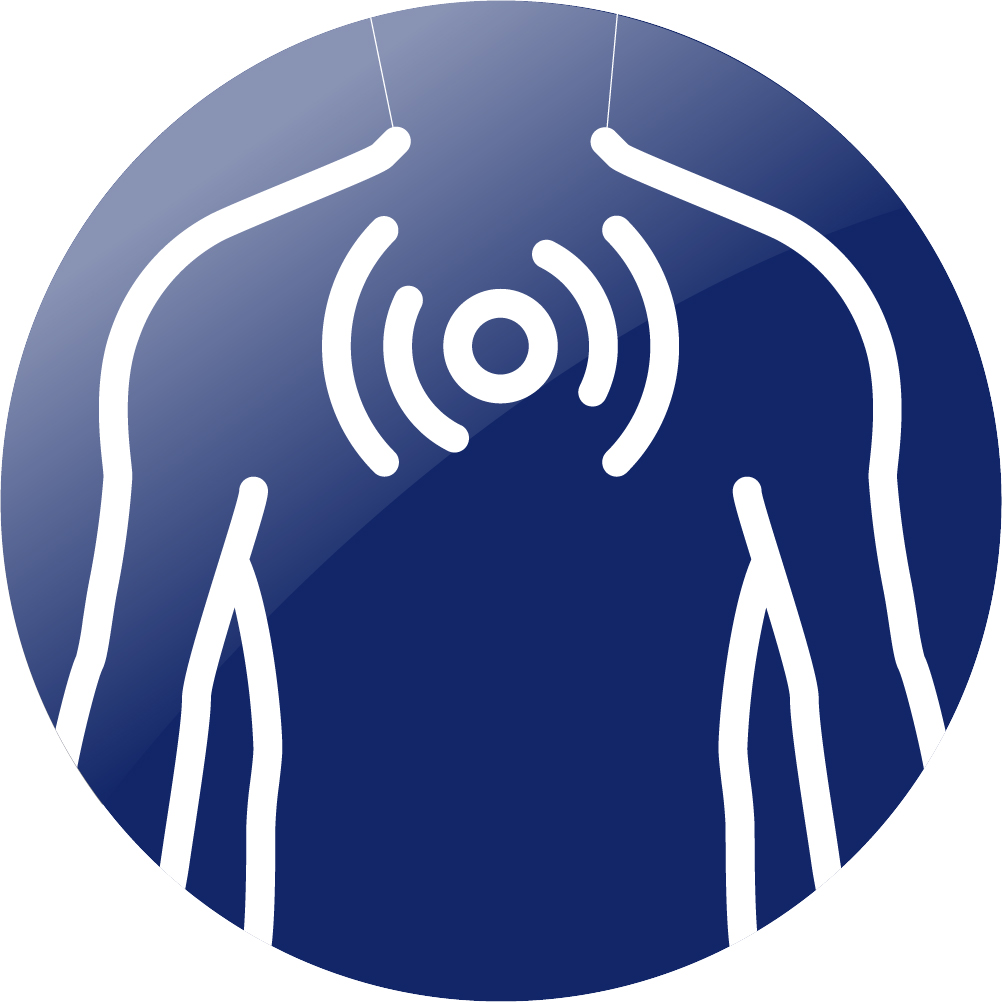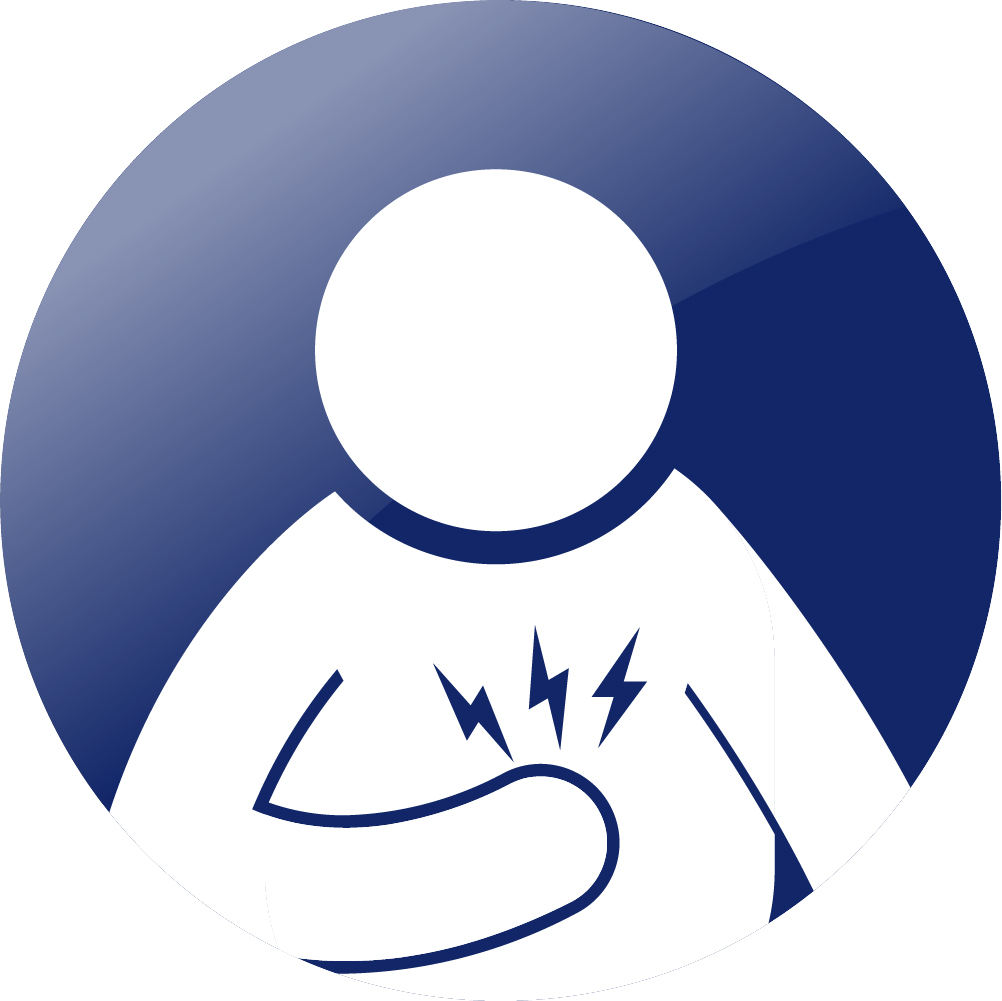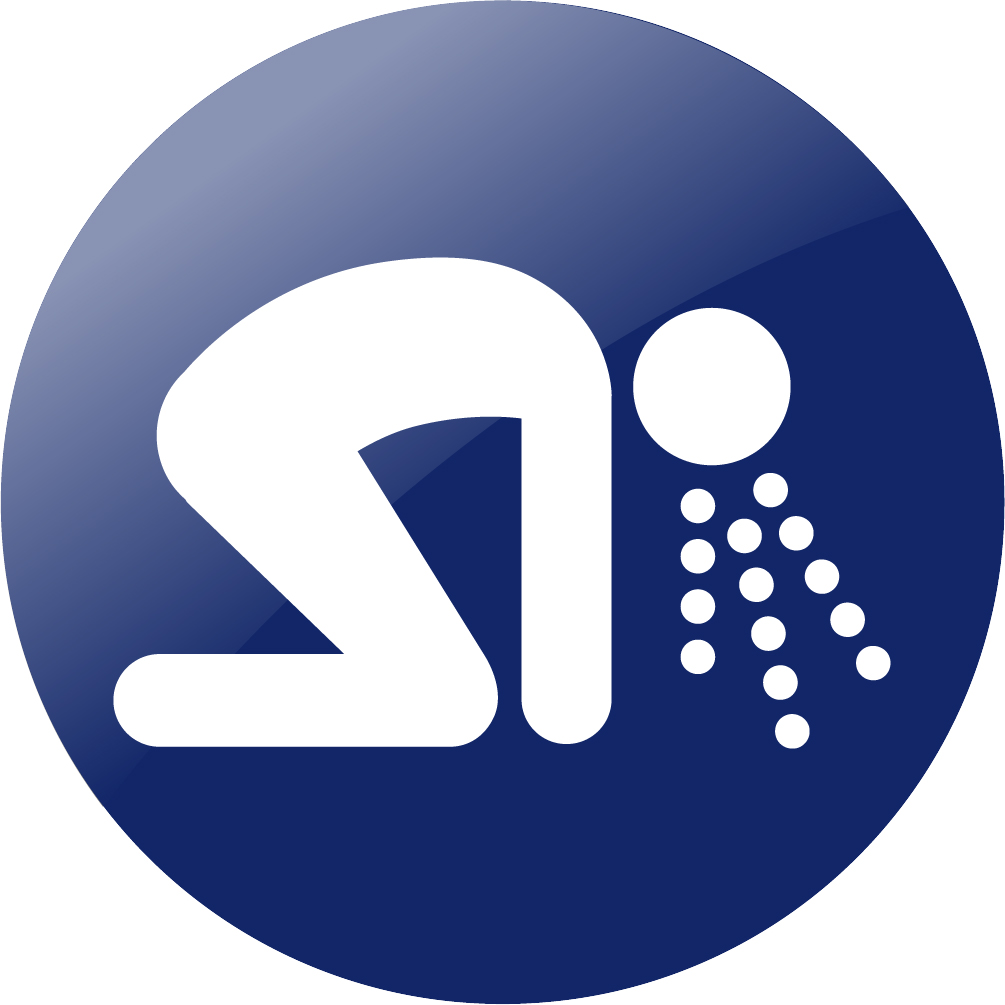DYSPHAGIA SYMPTOM QUESTIONNAIRE
The Dysphagia Symptom Questionnaire (DSQ) is a patient-reported assessment that measures the frequency and severity of dysphagia associated with eosinophilic esophagitis.2
HOW THE DSQ IS SCORED
The patients record their dysphagia symptoms within the previous 24 hours by answering up to 4 questions. Patients who answer “Yes” to Questions 1 and 2 proceed to Question 3; Question 4 is a standalone item. The maximum score is 84.2 ≥ 8 diary entries taken over a 14-day period, and the average daily score is multiplied by 14.
| THE DYSPHAGIA SYMPTOM QUESTIONNAIRE V4.02 | ||||||||||||||
|---|---|---|---|---|---|---|---|---|---|---|---|---|---|---|
| QUESTIONS | RESPONSE OPTIONS | SCORE | ||||||||||||
|
|
|||||||||||||
|
|
|||||||||||||
|
|
|||||||||||||
|
|
|||||||||||||
Questions capture the frequency and intensity of dysphagia.
Total Score =

|
HIGHER SCORES INDICATE MORE FREQUENT OR MORE SEVERE DYSPHAGIA2 |
| 0 (no dysphagia) | 84 (frequent, severe dysphagia) |
5-ITEM EoE SYMPTOM QUESTIONNAIRE
The 5-Item EoE Symptom Questionnaire (EoE-SQ-Frequency) is a patient- reported assessment that measures the frequency of symptoms other than dysphagia or swallowing pain, including chest pain, stomach pain, heartburn, regurgitation, and vomiting.3
HOW THE EoE-SQ-FREQUENCY IS SCORED
Patients record their symptoms using a 5-point response option ranging from “Never” to “More than once a day.” The maximum score is 25.3
EoE-SQ-FREQUENCY QUESTIONNAIRE3
DURING THE PAST 7 DAYS, HOW OFTEN DID YOU EXPERIENCE...

|
Chest pain |

|
Stomach pain |

|
Burning feeling in your chest (heartburn) |

|
Food or liquid coming back up into your throat |

|
Throw up |

|
HIGHER SCORES INDICATE GREATER SYMPTOM SEVERITY AND FREQUENCY3 |
| 5 (no symptoms) | 25 (frequent symptoms) |
- O’Shea KM, Aceves SS, Dellon ES, et al. Pathophysiology of eosinophilic esophagitis. Gastroenterology. 2018;154(2):333-345. doi:10.1053/j.gastro.2017.06.065
- Hudgens S, Evans C, Phillips E, Hill M. Psychometric validation of the Dysphagia Symptom Questionnaire in patients with eosinophilic esophagitis treated with budesonide oral suspension. J Patient Rep Outcomes. 2017;1(3):1-11. doi:10.1186/s41687-017-0006-5
- Dellon ES, et al. Dupilumab improves health-related quality of life and reduces symptom burden in patients with eosinophilic esophagitis: results from part A of a randomized, placebo-controlled, three-part, phase 3 study. Poster presented at: 2021 Virtual Annual Meeting of the American Academy of Allergy, Asthma, and Immunology (AAAAI); February 26 - March 1, 2021.
- Dellon ES, Gupta SK. A conceptual approach to understanding treatment response in eosinophilic esophagitis. Clin Gastroenterol Hepatol. 2019;17(11):2149-2160. doi:10.1016/j.cgh.2019.01.030
- Wen T, Stucke EM, Grotjan TM, et al. Molecular diagnosis of eosinophilic esophagitis by gene expression profiling. Gastroenterology. 2013;145(6):1289-1299. doi:10.1053/j.gastro.2013.08.046
- Dellon ES, Veerappan R, Selitsky SR, et al. A gene expression panel is accurate for diagnosis and monitoring treatment of eosinophilic esophagitis in adults. Clin Transl Gastroenterol. 2017;8(2):1-8. doi:10.1038/ctg.2017.2
- Collins MH, et al. Newly developed and validated eosinophilic esophagitis histology scoring system and evidence that it outperforms peak eosinophil count for disease diagnosis and monitoring. Dis Esophagus. 2017;30(3):1-8. doi:10.1111/dote.12470
- Wechsler JB, et al. Eosinophilic esophagitis reference score accurately identifies disease activity and treatment effects in children. Clin Gastroenterol Hepatol. 2018;16(7):1056-1063. doi:10.1016/j. cgh.2017.12.019
- Hirano I, et al. Endoscopic assessment of the oesophageal features of eosinophilic oesophagitis: validation of a novel classification and grading system. Gut. 2013;62(4):489-495. doi:10.1136/ gutjnl-2011-301817
- Lucendo AJ, Molina-Infante J, Arias Á, et al. Guidelines on eosinophilic esophagitis: evidence-based statements and recommendations for diagnosis and management in children and adults. United European Gastroenterol J. 2017;5(3):335-358. doi:10.1177/2050640616689525
- Safroneeva E, Straumann A, Coslovsky M, et al; International Eosinophilic Esophagitis Activity Index Study Group. Symptoms have modest accuracy in detecting endoscopic and histologic remission in adults with eosinophilic esophagitis. Gastroenterology. 2016;150(3):581-590.e4. doi:10.1053/j.gastro.2015.11.004
- COREOS Collaborators: Ma C, Schoepfer AM, et al. Development of a core outcome set for therapeutic studies in eosinophilic esophagitis (COREOS) [published online ahead of print, 2021 Jul 6]. J Allergy Clin Immunol. 2021;S0091-6749(21)01059-9. doi:10.1016/j.jaci.2021.07.001
MAT-BH-2200615/V1/August 2022